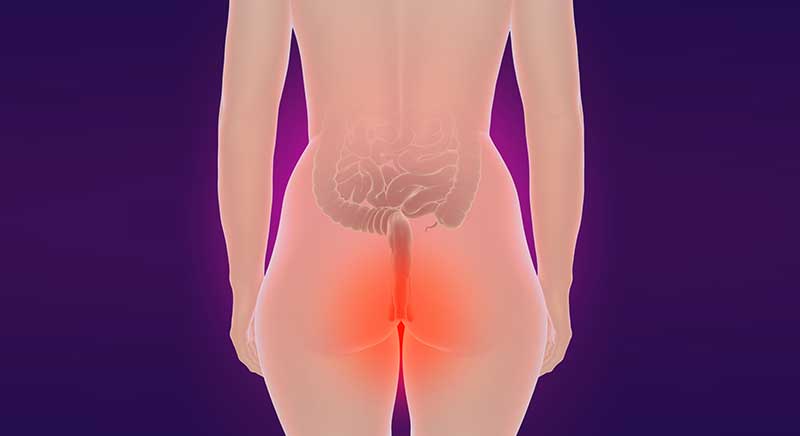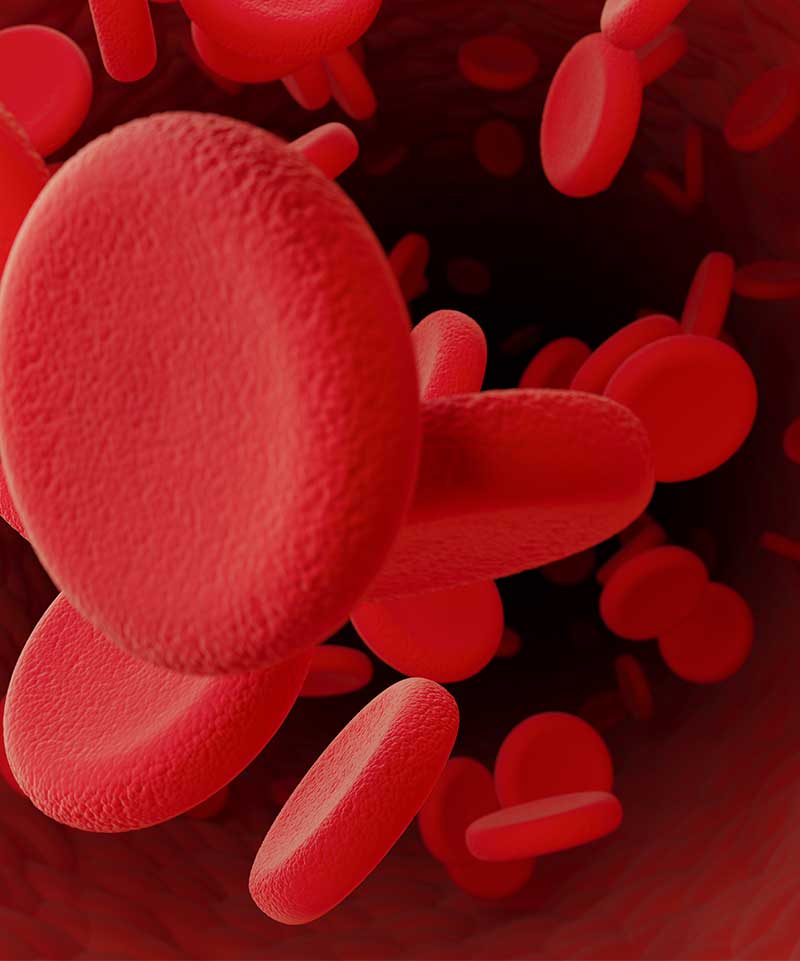
Infrared coagulation, or IRC, is a medical procedure that involves the use of an infrared light source to clot blood vessels.
This procedure is usually non-surgical, but the level of invasiveness is dependent on the site that is being operated on.
IRC is most often utilized as a treatment for hemorrhoids, in which case a small probe will be used to apply the infrared light directly to the hemorrhoid by a gastrointestinal doctor.
Who is a Candidate?
Many people experience hemorrhoids throughout their lifetime. However, not every person who has a hemorrhoid will need to have a procedure in order to resolve it. There are less invasive options that doctors will likely recommend prior to determining that IRC is necessary. These options include the addition of dietary supplements, such as fiber, or over-the-counter medications and ointments. In the event that these options do not offer relief, the physician will likely begin considering medical interventions, which can include injections, ligation, IRC, or surgical removal. Surgical removal is usually the last resort because it involves the largest amount of risk. The physician will consider the location, size, and type of hemorrhoid prior to recommending a specific procedure.
IRC is typically considered the best option for prolapsed or bleeding hemorrhoids due to the non-invasive nature of the procedure. Additionally, the physician will consider the patient’s overall medical history, current medications, and age before recommending any medical procedure. However, infrared coagulation is typically considered the safest treatment option for hemorrhoids when medical intervention is required


What to Expect During the Procedure
The majority of infrared coagulation procedures are done on an outpatient basis. In fact, the patient is not usually sedated during this procedure, so they may even be able to drive themselves home. The physician will provide any necessary preliminary instructions, but they are usually limited to possible medication restrictions. Additionally, the patient may be required to utilize an enema prior to arrival so that the area is clean.
Once the procedure time arrives, the patient will simply lay on their side while the small infrared probe is applied directly to the hemorrhoid. The heat from the probe will coagulate the blood in the vessels. This will cause the area to lose its blood supply and degrade. Most patients report that they do feel warmth to the area, but most don’t characterize the procedure as painful. The entire procedure typically takes less than 30 minutes, but some patients may require multiple treatments in order to entirely resolve the hemorrhoid.
What is the Recovery Process?
Many patients report that the treatment area feels warm or they experience a tingling sensation directly after the procedure, but this usually goes away in about an hour. The patient can then return home, but they may not be able to work for a few days. After the hemorrhoid falls off, the patient may experience some light bleeding for about a week. If the bleeding becomes excessive or the area shows signs of infection, then the patient should contact their physician.

